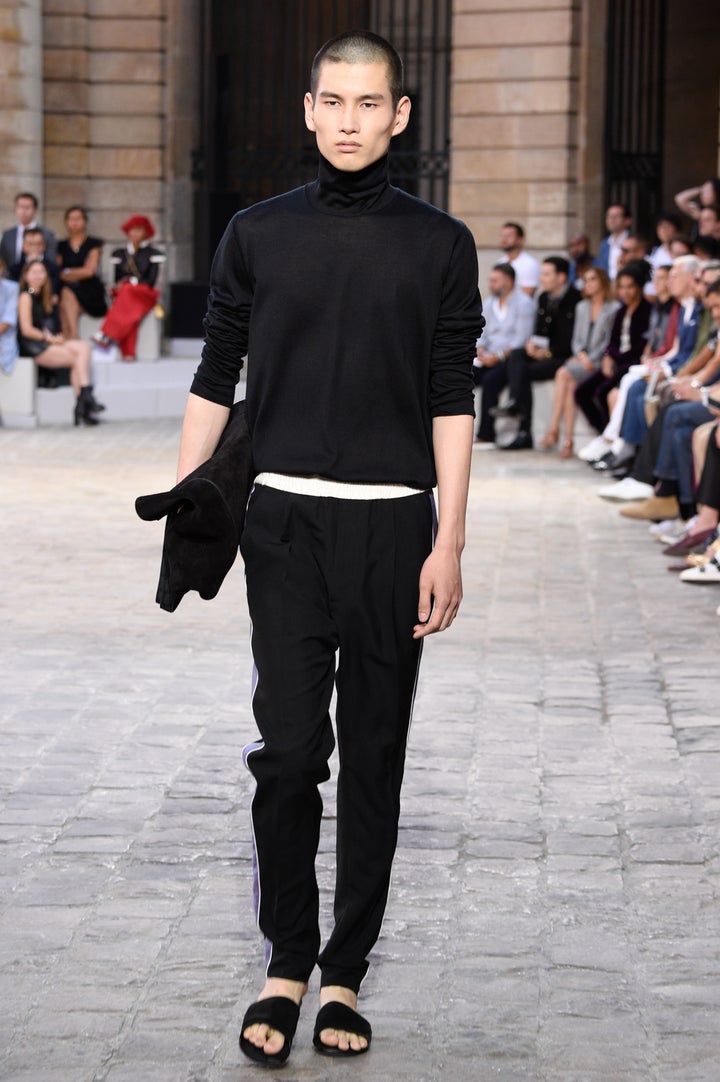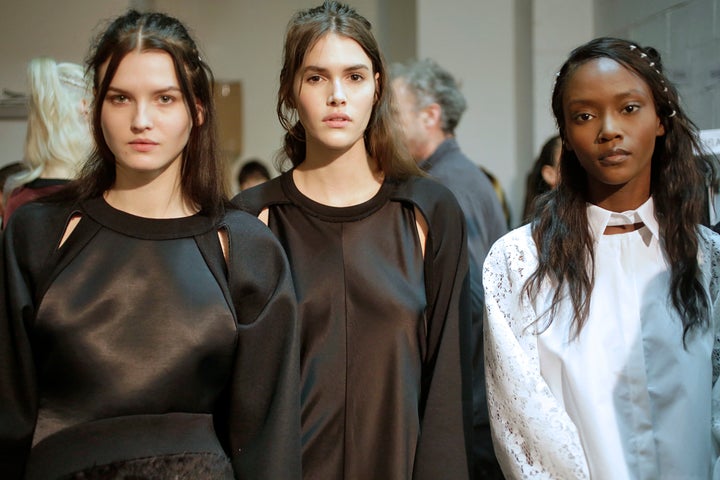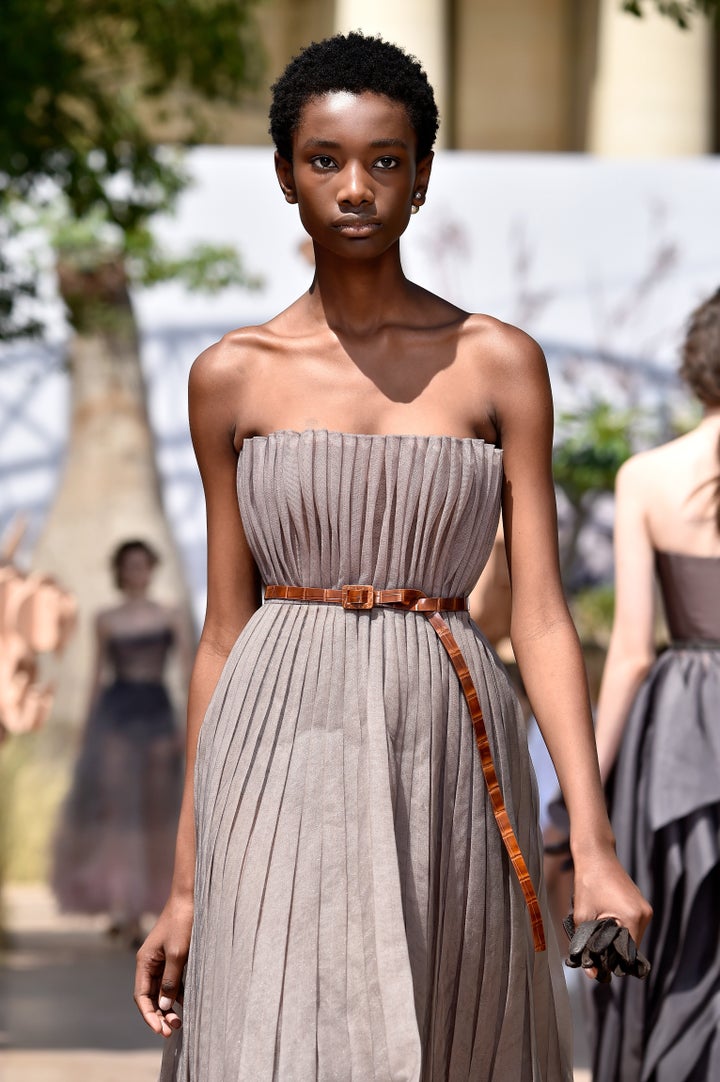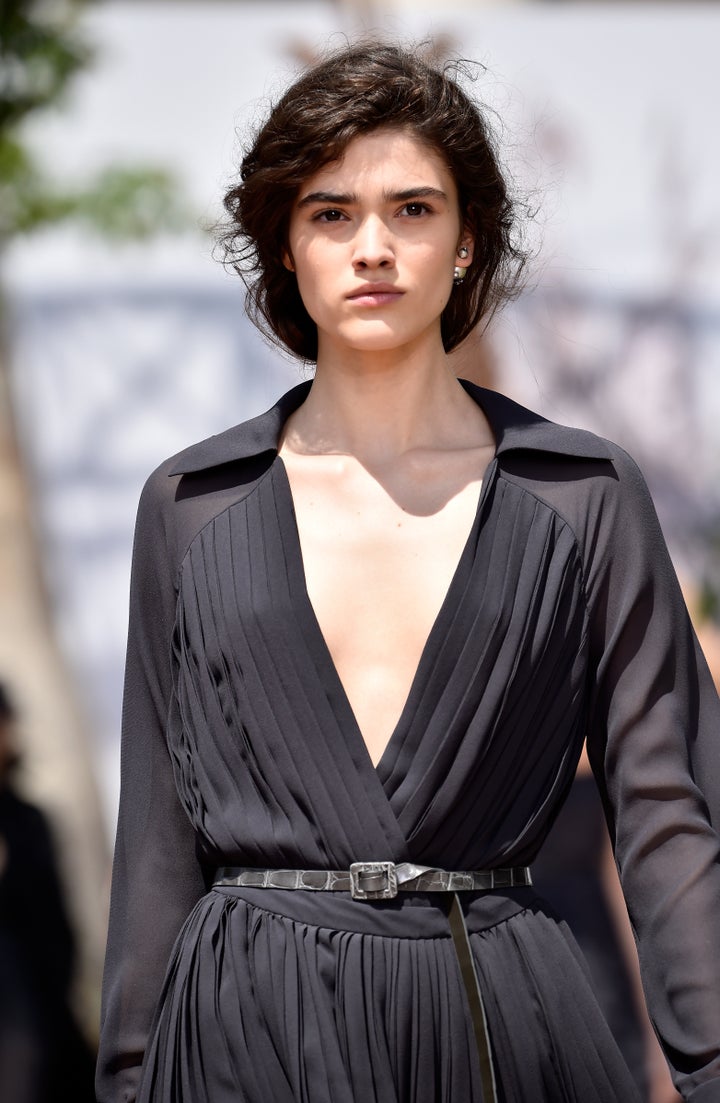French fashion giants LVMH and Kering - who own many of the leading luxury brands like Louis Vuitton, Céline, Dior, DKNY and Hublot - have pledged to stop using models who are size zero or aged under 16.
“No model under 16 will be hired to partake in catwalks or editorials aimed at adults,” said the charter launched by the French multi-national conglomerate.
This news comes after the French government laid out a law to ban ‘unrealistically thin’ models from working, stipulating models should produce a doctor’s certificate as proof of their overall health and well-being.

LVMH and Kering took it a step further by setting a baseline for the size of the models allowed to work for the respective fashion houses.
No female model under a French size 32 (a UK size 6) and male model under a French size 44 (XXS) can walk the runways or pose in the campaigns owned by LVMH and Kering.
The charter also stated that models between the ages of 16 and 18 will not be asked to work between 10pm and 6am. Another condition was that they’d be accompanied by a chaperone when on a job, and that students respect their academic commitments.
The stance the fashion giants have taken has sent positive reverberations across the industry. Stylist Bay Garnett, contributing Vogue Fashion Editor and author, told HuffPost UK:
“I think it’s great. I really do. I think it’s absolutely right that this should happen. The sooner the better.”

The move will no doubt have a positive impact on the treatment of young models in the industry, but some have their reservations about how much of an impact introducing a minimum dress size will have on younger consumers.
Denise Hatton, Chief Executive for YMCA England and Wales, a founding partner of the Be Real Campaign for body confidence said:
“LVMH and Kering’s commitment to stop using unhealthy slim models is a welcome step in the right direction, however using a size six as a benchmark still sends the message that a super slim body types is the ‘ideal’.”
Although LVMH and Kering did not explicitly say they were setting size 6 as the new ideal, the distinction has raised eyebrows. Hatton continues:
“While some people are naturally slim, the average woman in the UK wears a size 16 and we’d like to see more diversity on our catwalk that truthfully reflects our society, with all its shapes, sizes, ethnicities and more.
“Seeing images of only one particular body type, that’s almost impossible for most of us to achieve in a healthy way, will continue to put pressure on women and girls to become something they are not.”

The fashion industry has come under fire in the past for not promoting a healthy body image, but a spokesperson from BEAT, a charity that tackles eating disorders, told HuffPost UK that the equation of physical size with health is not helpful.
“Eating disorders are serious mental illnesses and their causes are complex,” they said.
“The suggestion that the fashion industry is the “cause” of eating disorders oversimplifies the issue.
“But we do know the ideals presented within the fashion industry can exacerbate and prolong the illness, and we encourage the promotion of healthy body image and ideals in this area.
“On the whole the fashion industry represents a narrow view of the “ideal” body that may exacerbate eating disorders among those who are suffering.
“Furthermore, models should be viewed individually as people, and their physical and mental health and wellbeing should be of utmost concern to those who are responsible for them.
“Equally it’s important to remember, that eating disorders are mental illnesses and you cannot necessarily ‘see’ them – it would be dangerous to assume someone did or didn’t have an eating disorder based solely on whether they appear to be ‘underweight’, ‘overweight’, or ‘normal’.

The presentation of a doctor’s certificate, the need for a chaperone for younger models and the clause that they not work unreasonable hours all show the brands’ growing awareness of the importance of treating models as humans, not commodities.
Francois Henri-Pinault, Kering’s Chairman and CEO, said in the charter:
“We hope to be a source of inspiration for the whole sector, to provoke real change in the working conditions of models in the fashion industry.”

Antoine Arnault, who sits on the managing board at LVMH and is CEO of Berluti and Chairman of Loro Piana, echoed Pinault’s sentiments stating that he hopes the professional relationships between the houses pertaining to the LVMH group, the agencies and the working models goes beyond the confines of observing the law.
“As the leaders in the luxury industry, we estimate that it’s our duty to be in line with this initiative,” he said.
“It’s our responsibility to establish new standards in fashion and we hope others will follow in our footsteps.”
